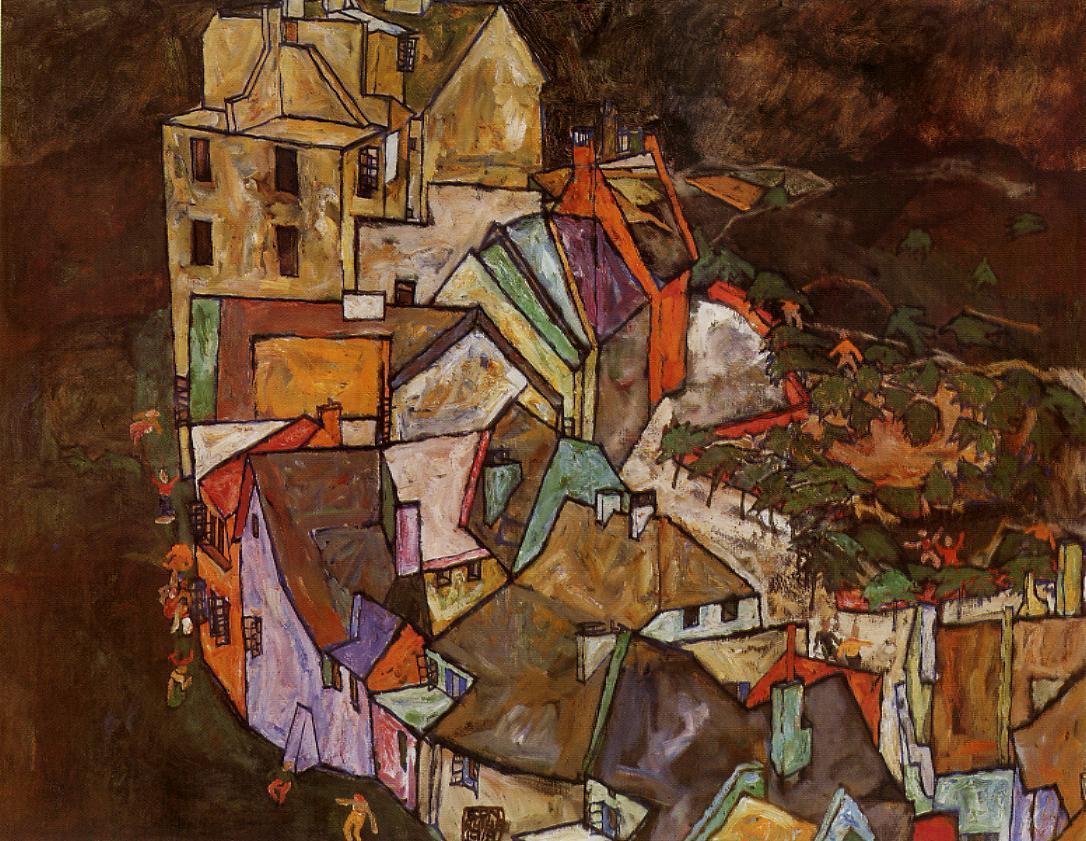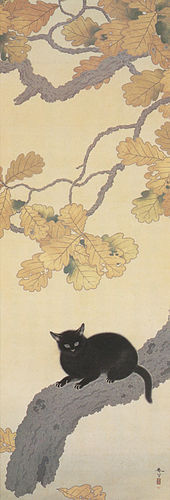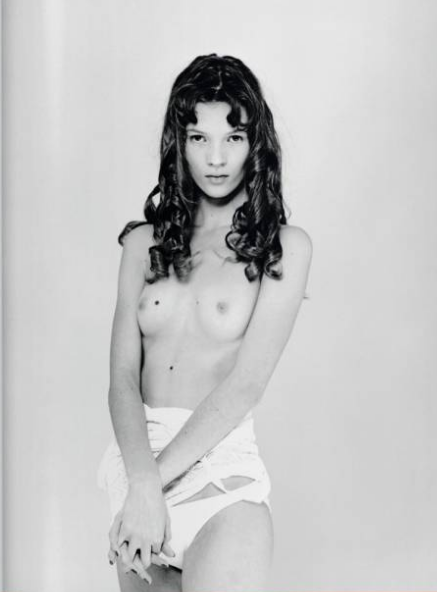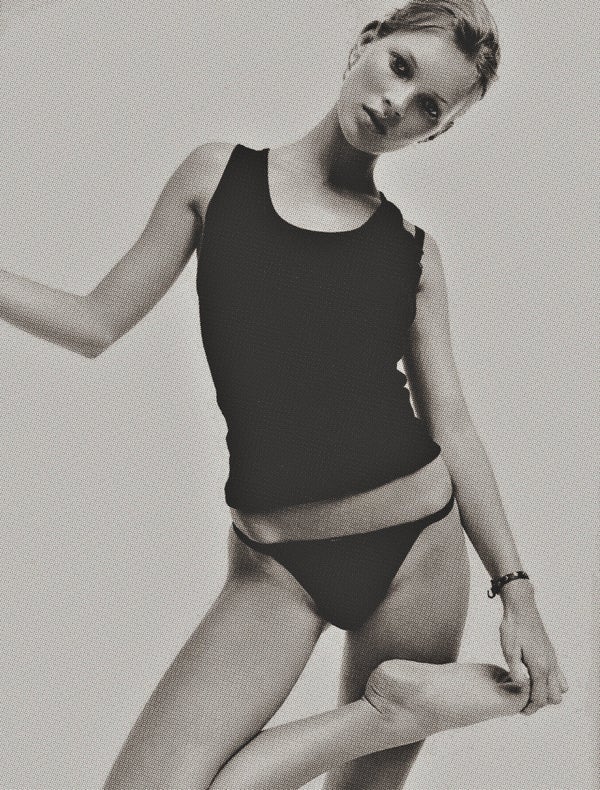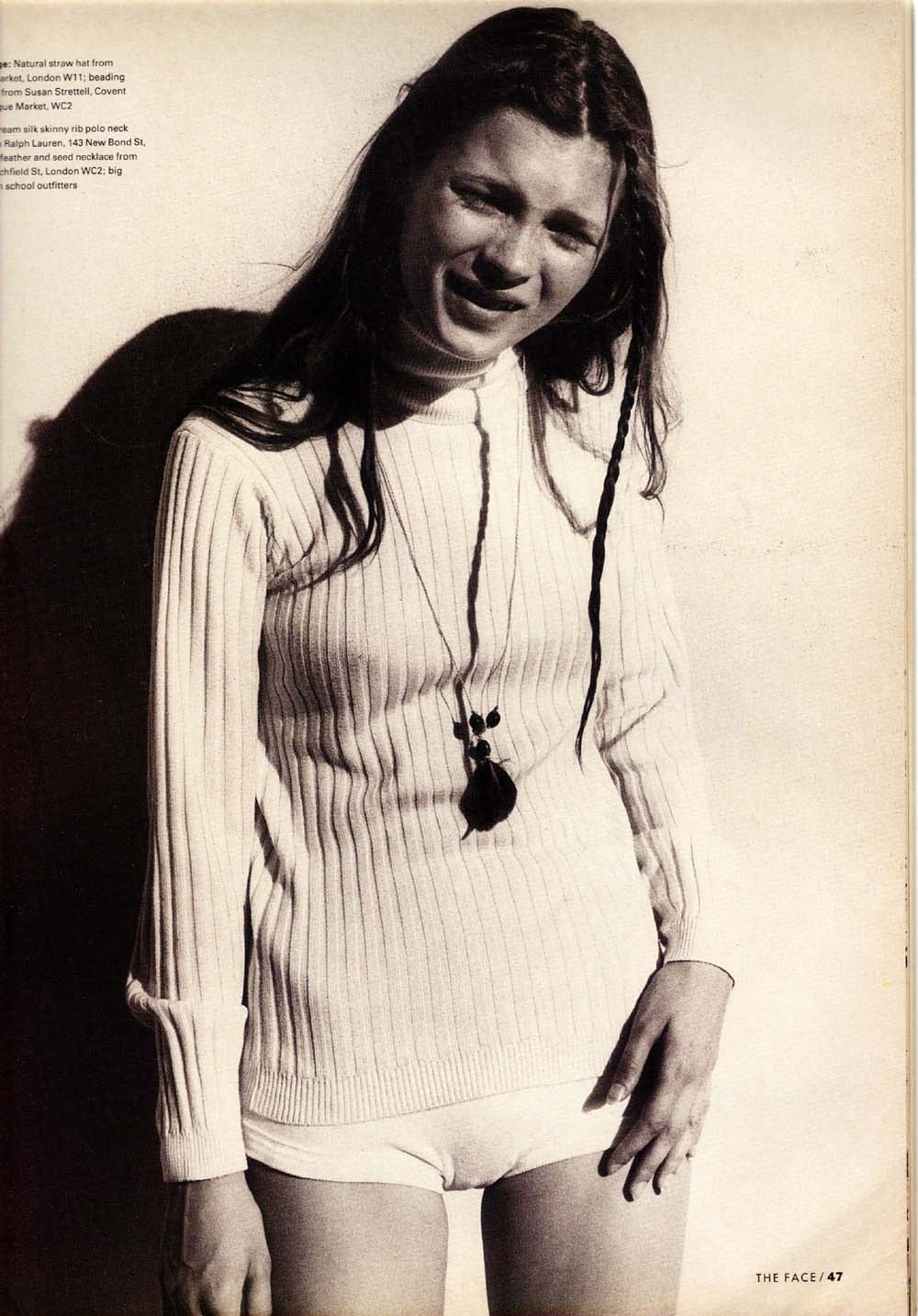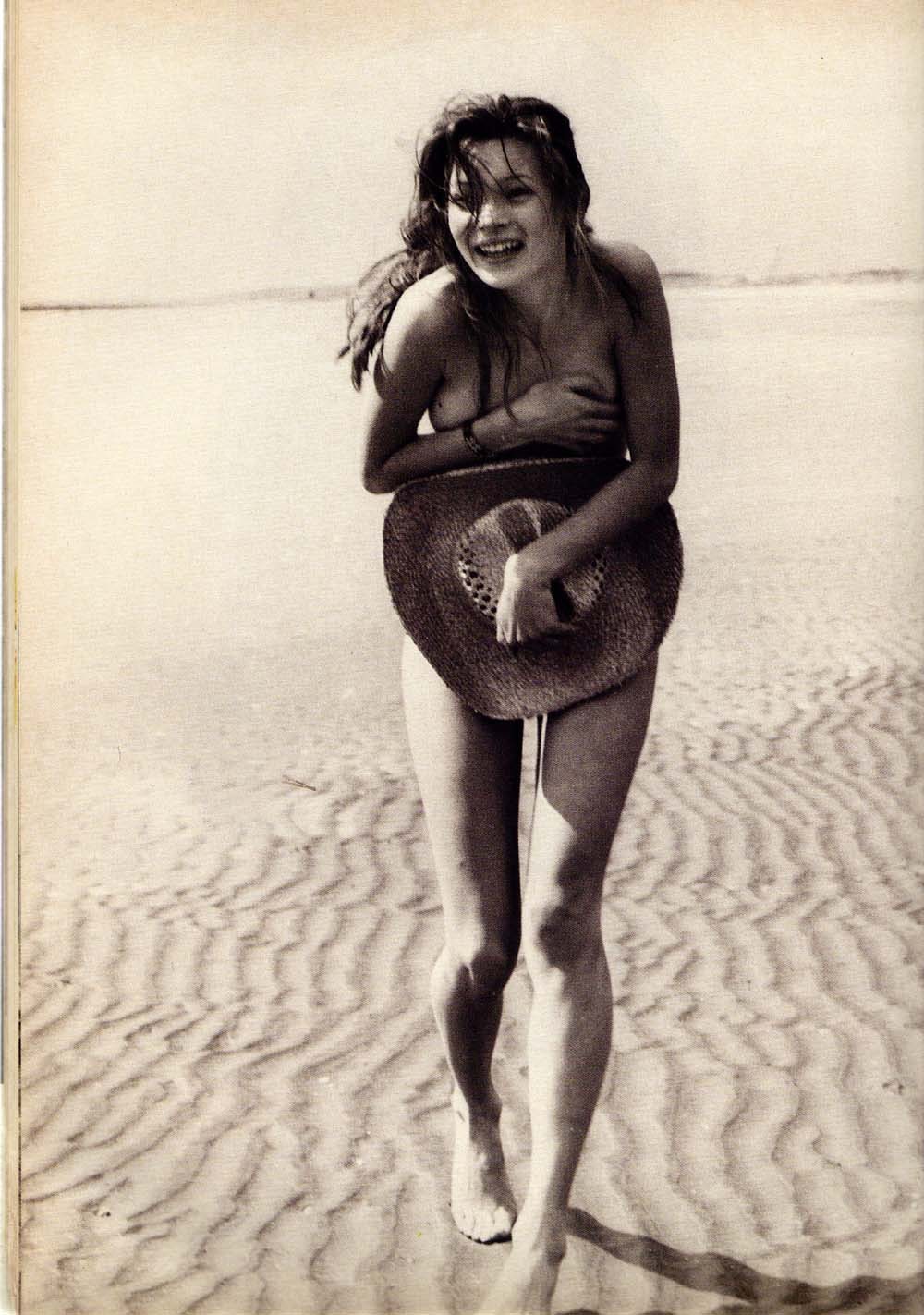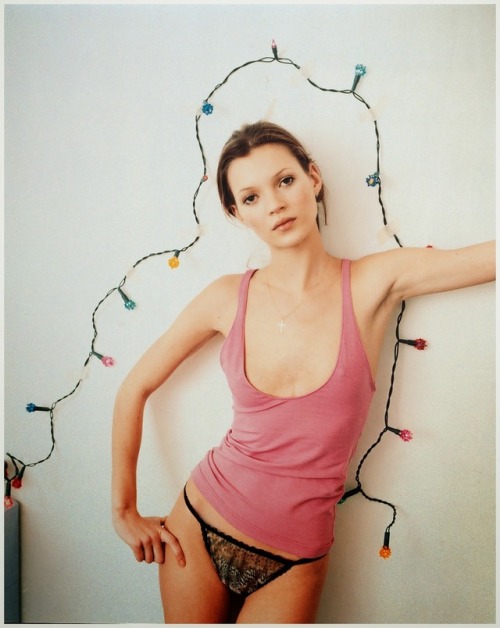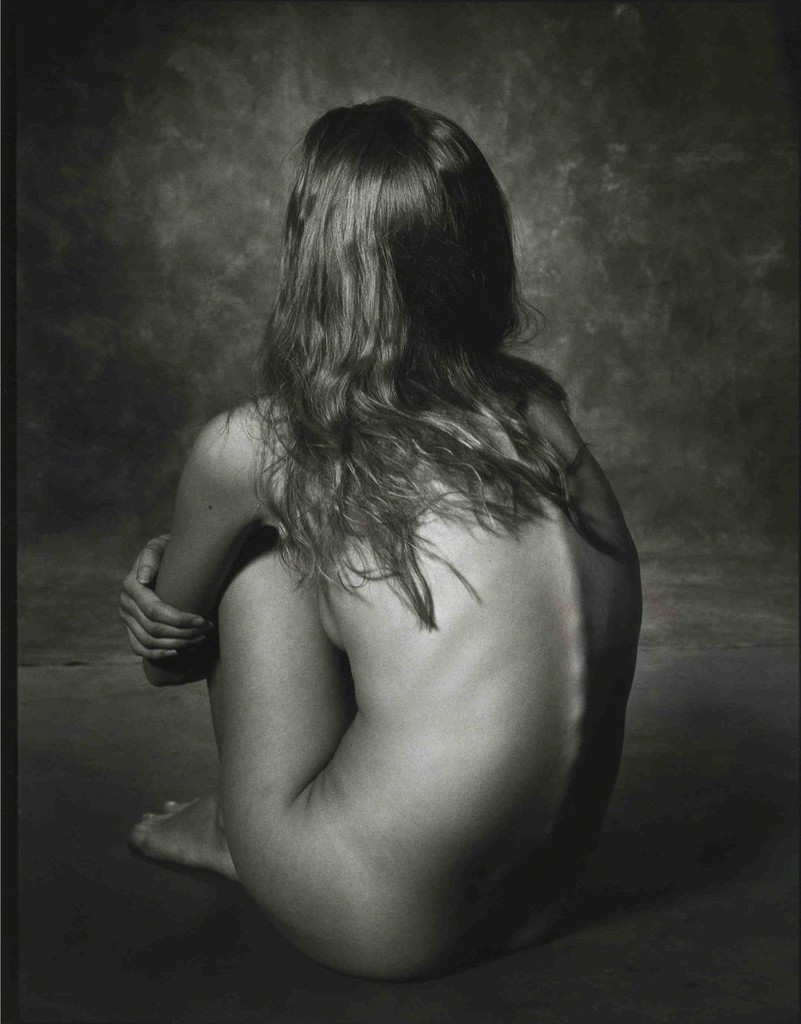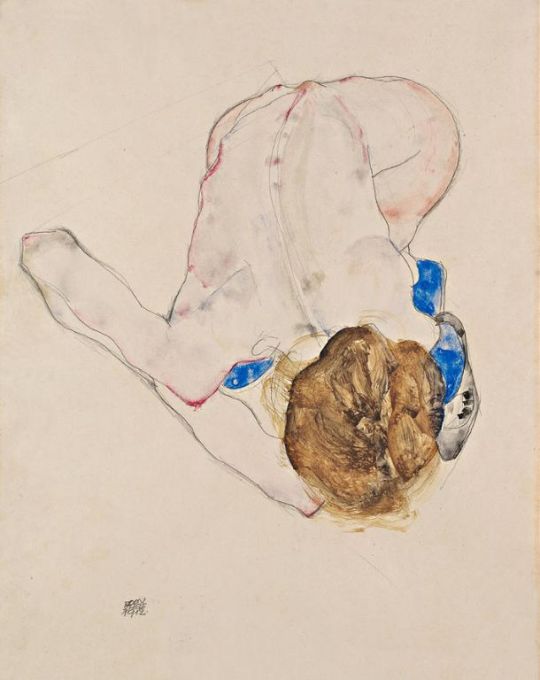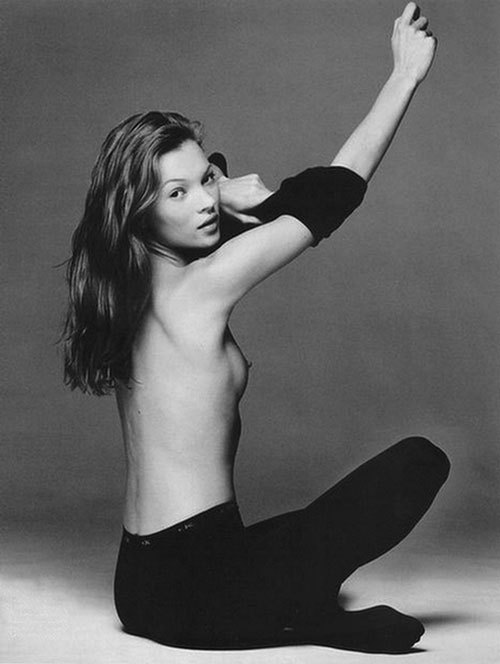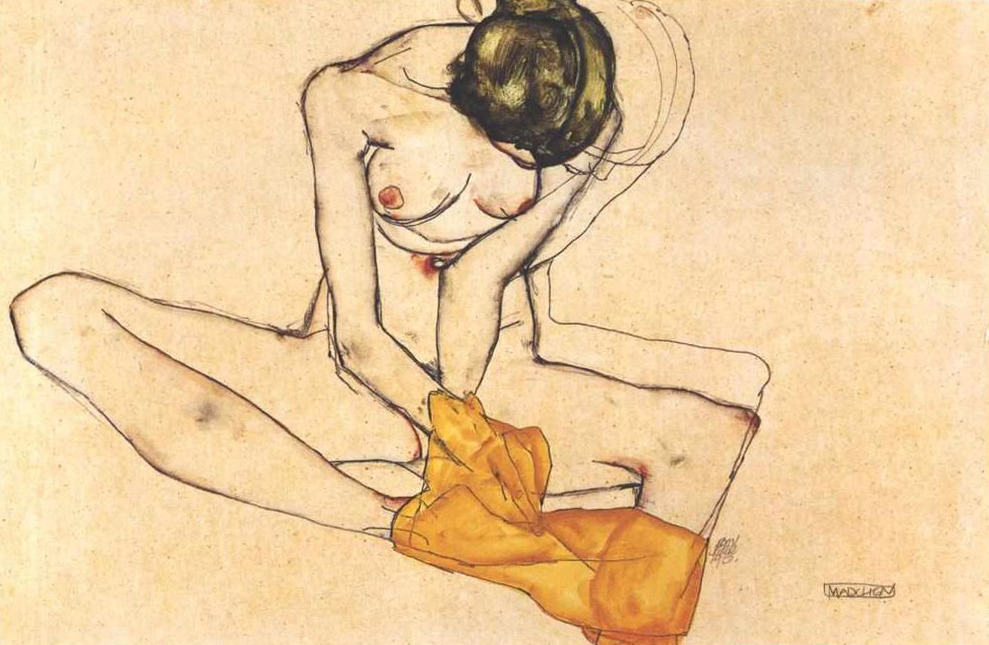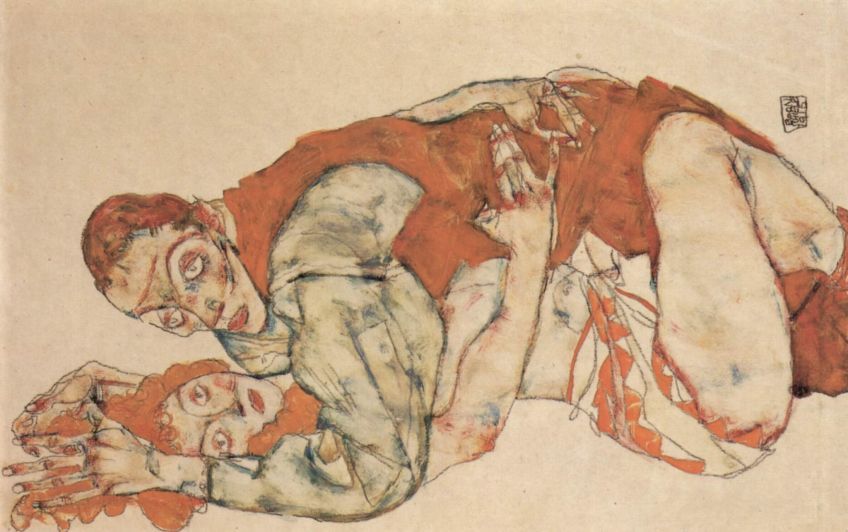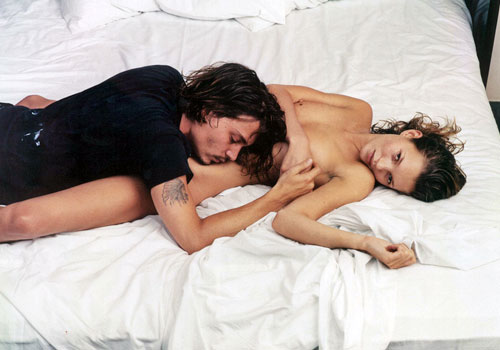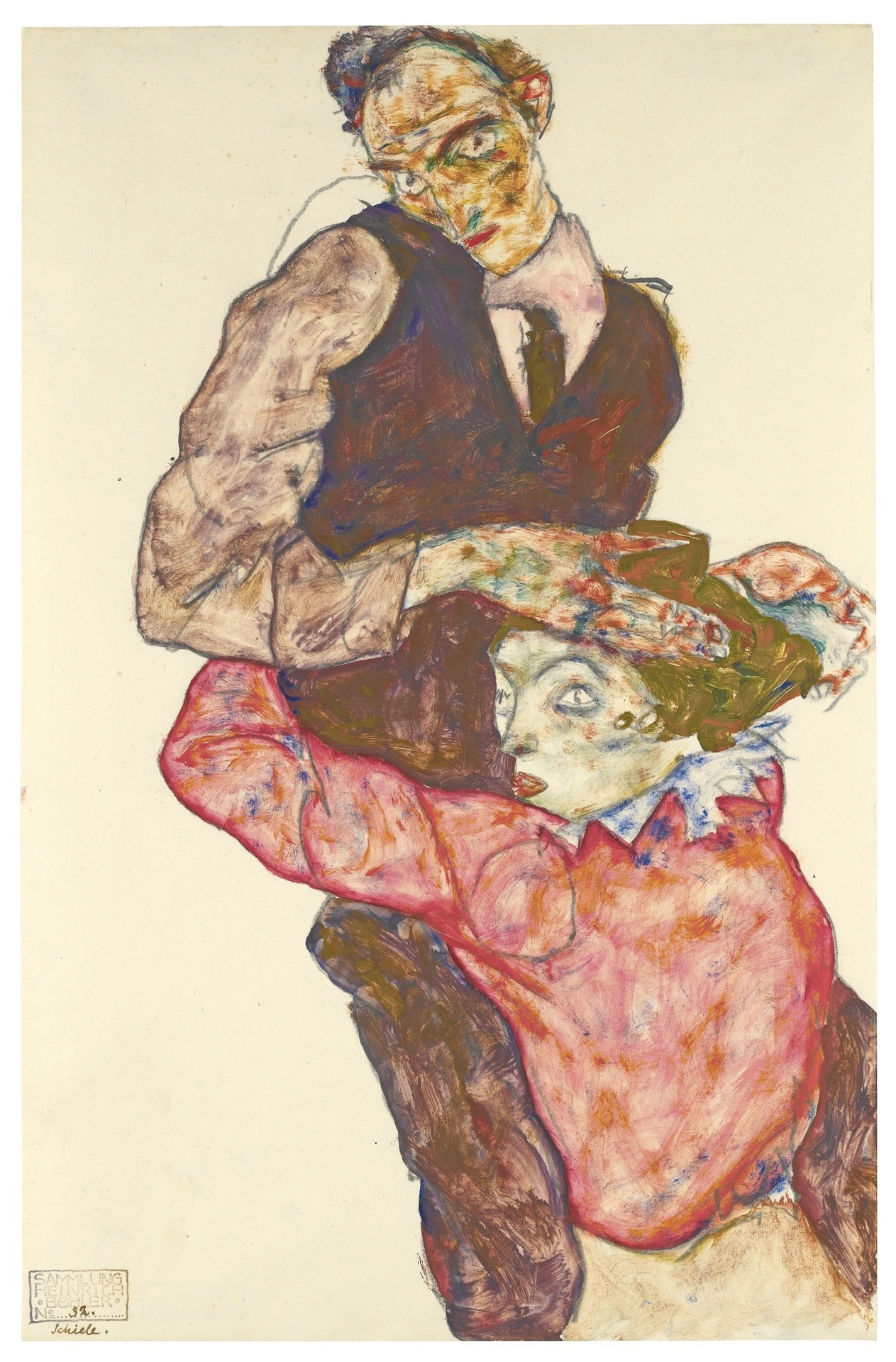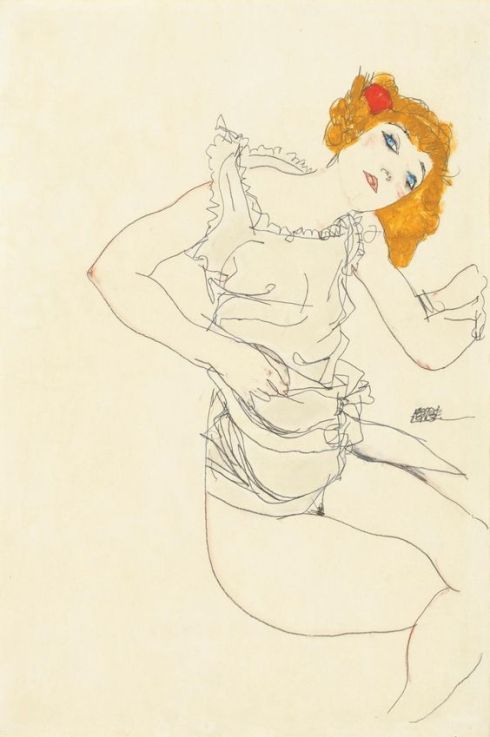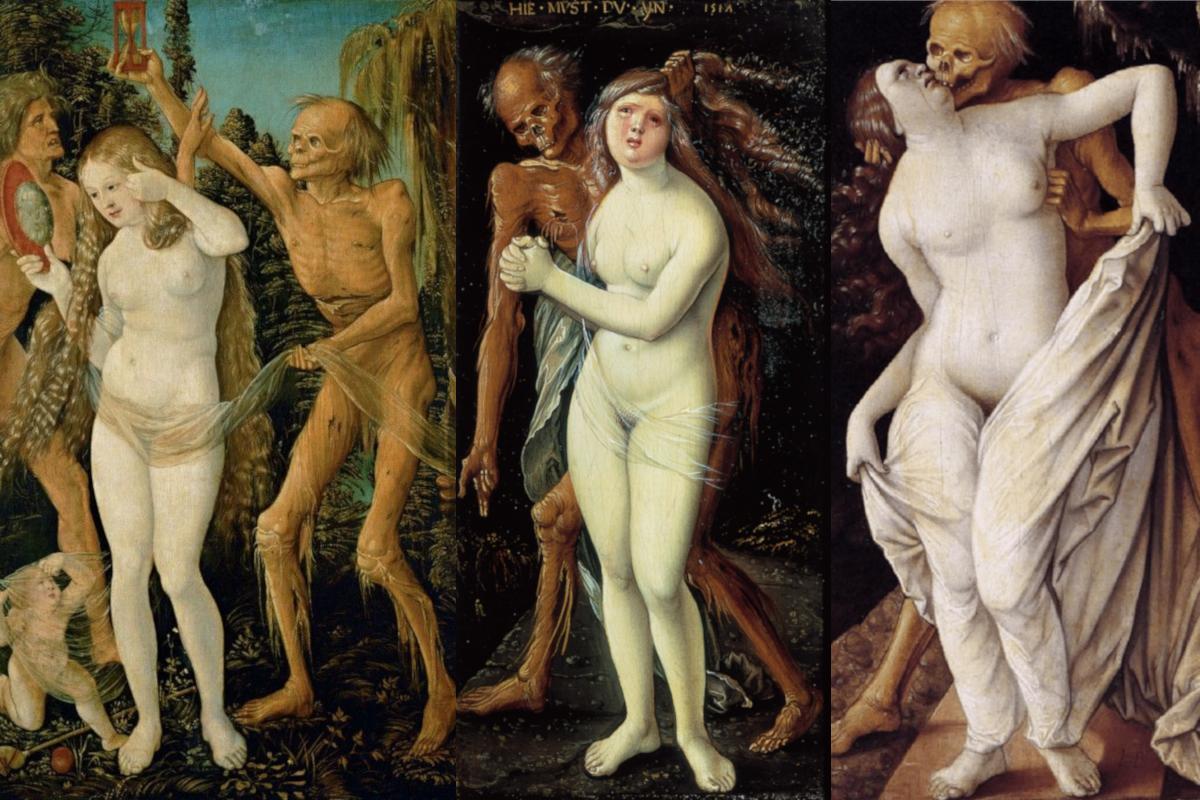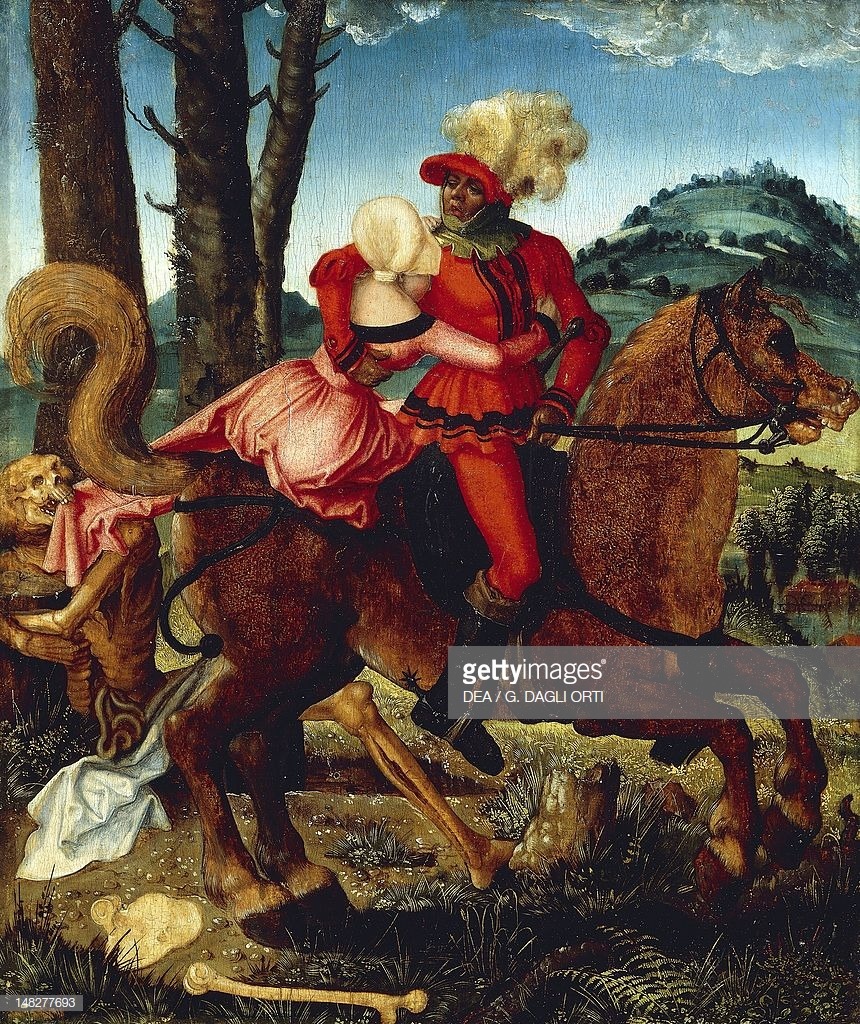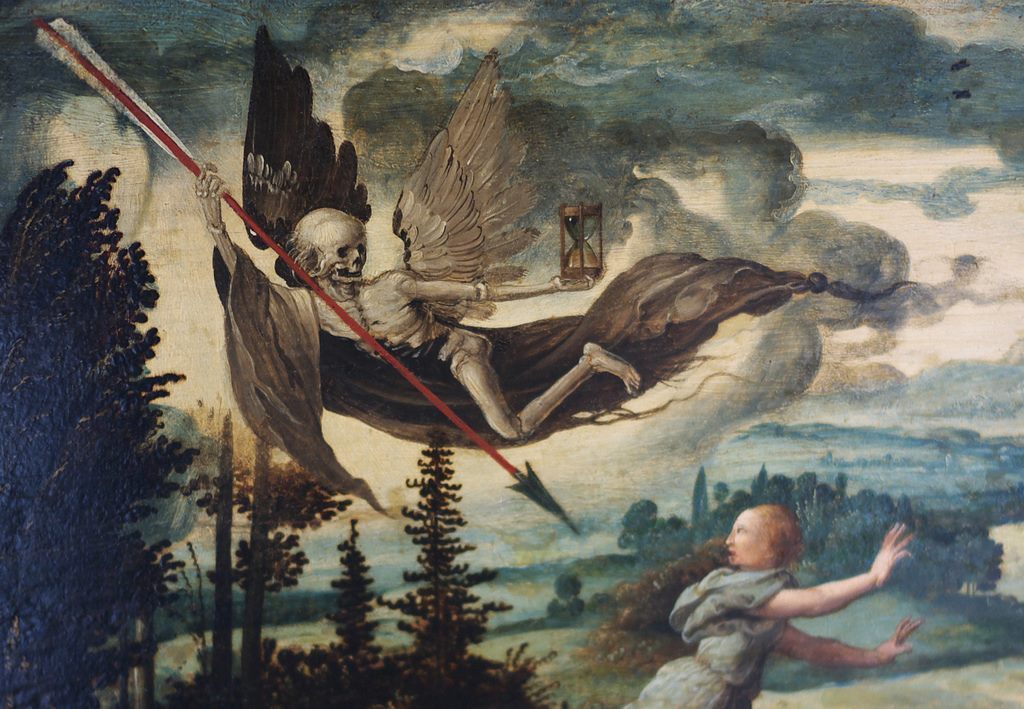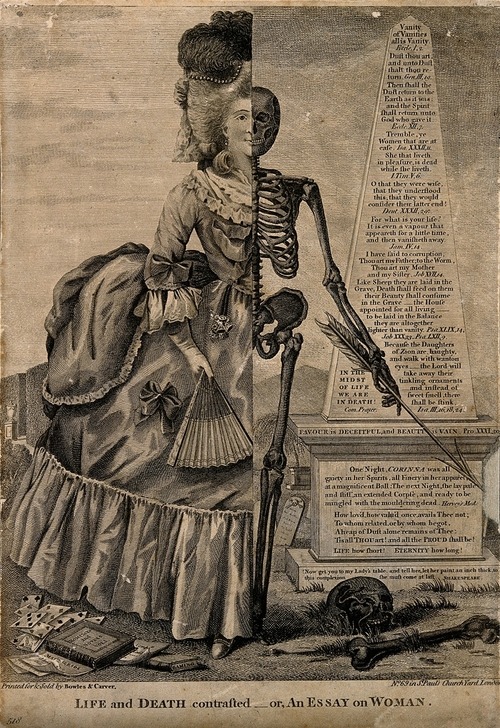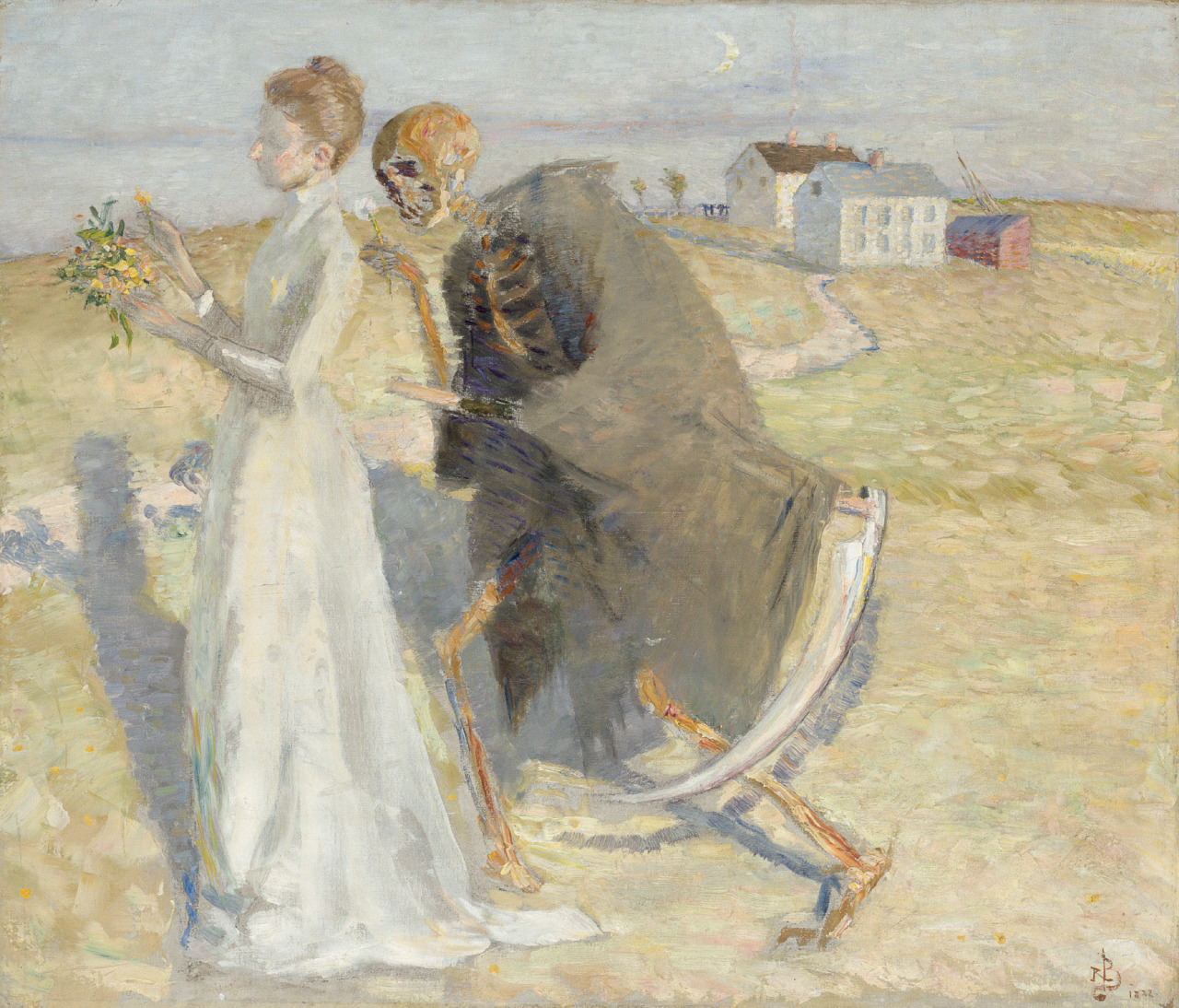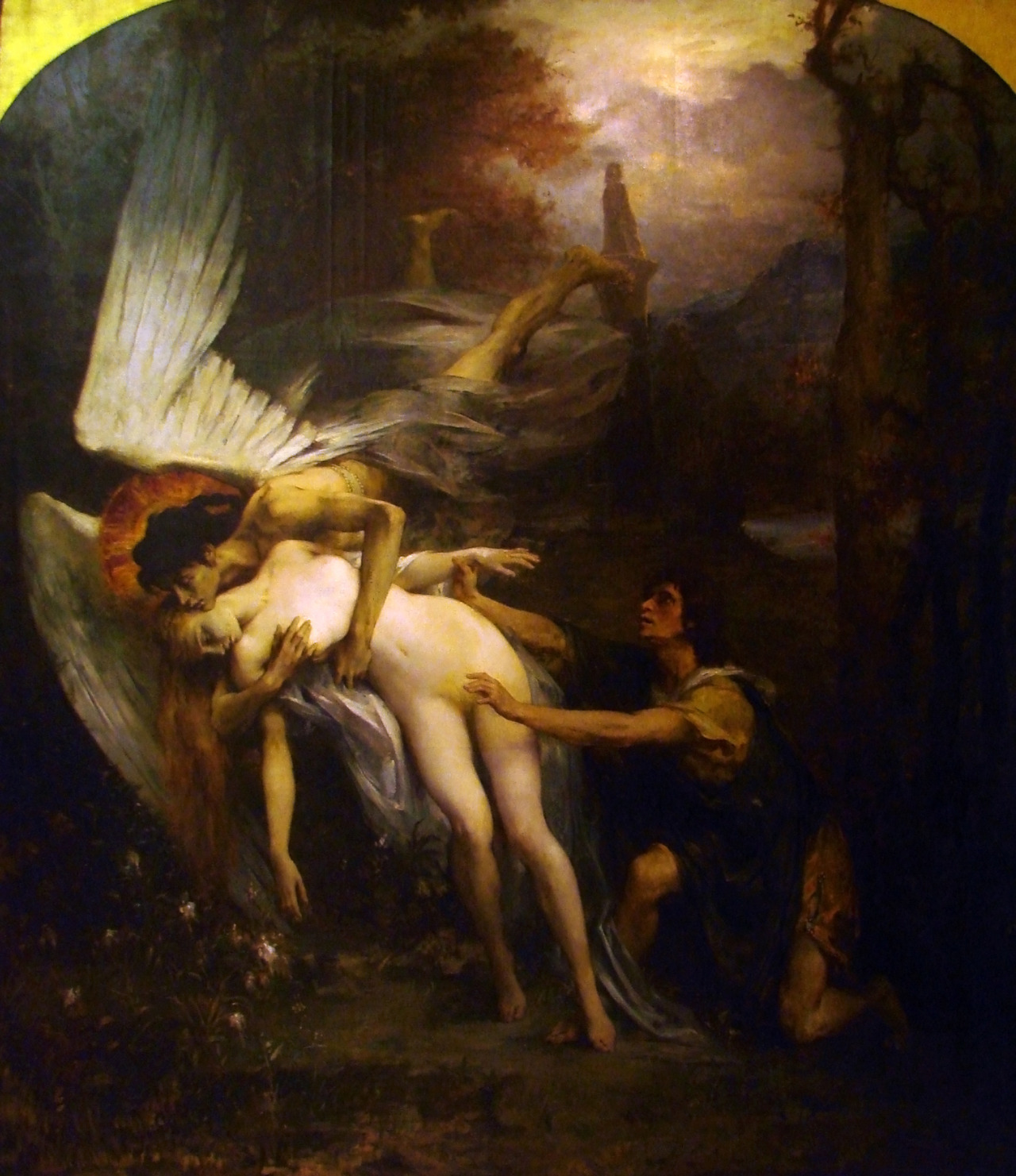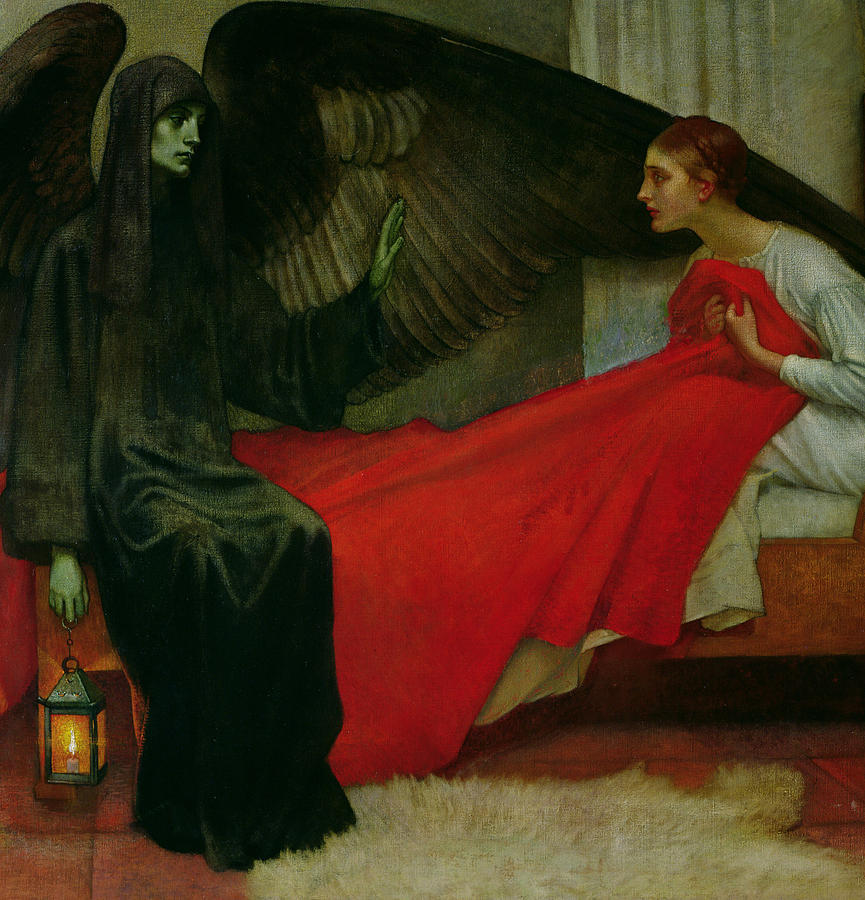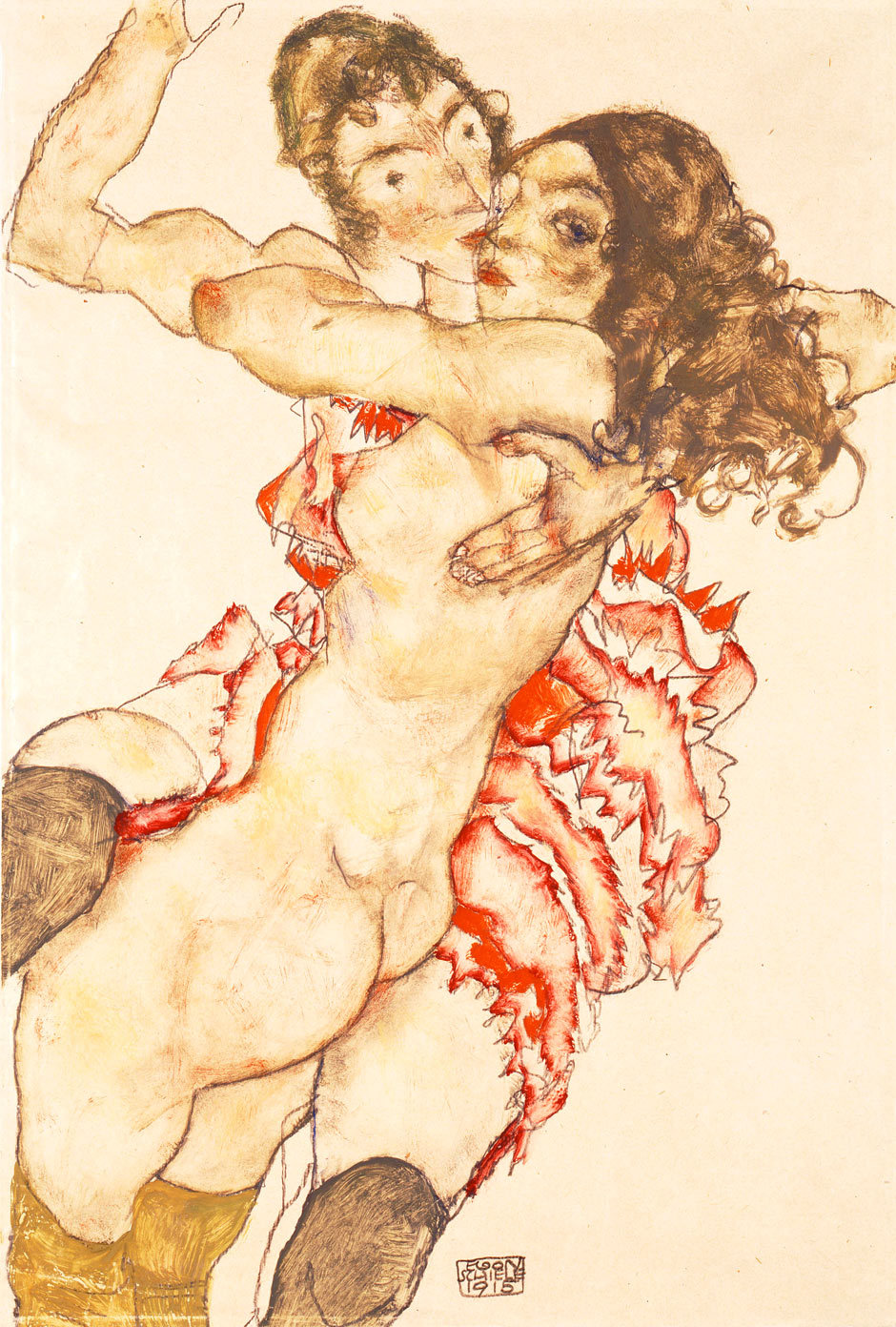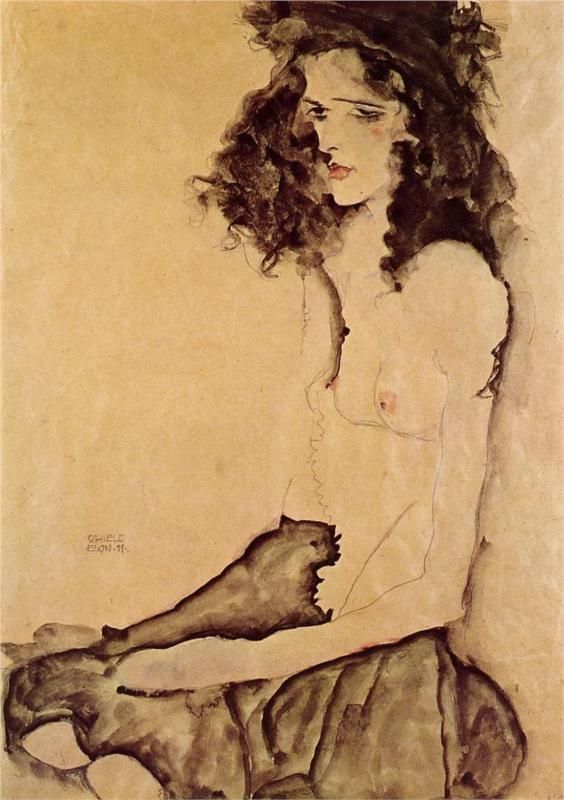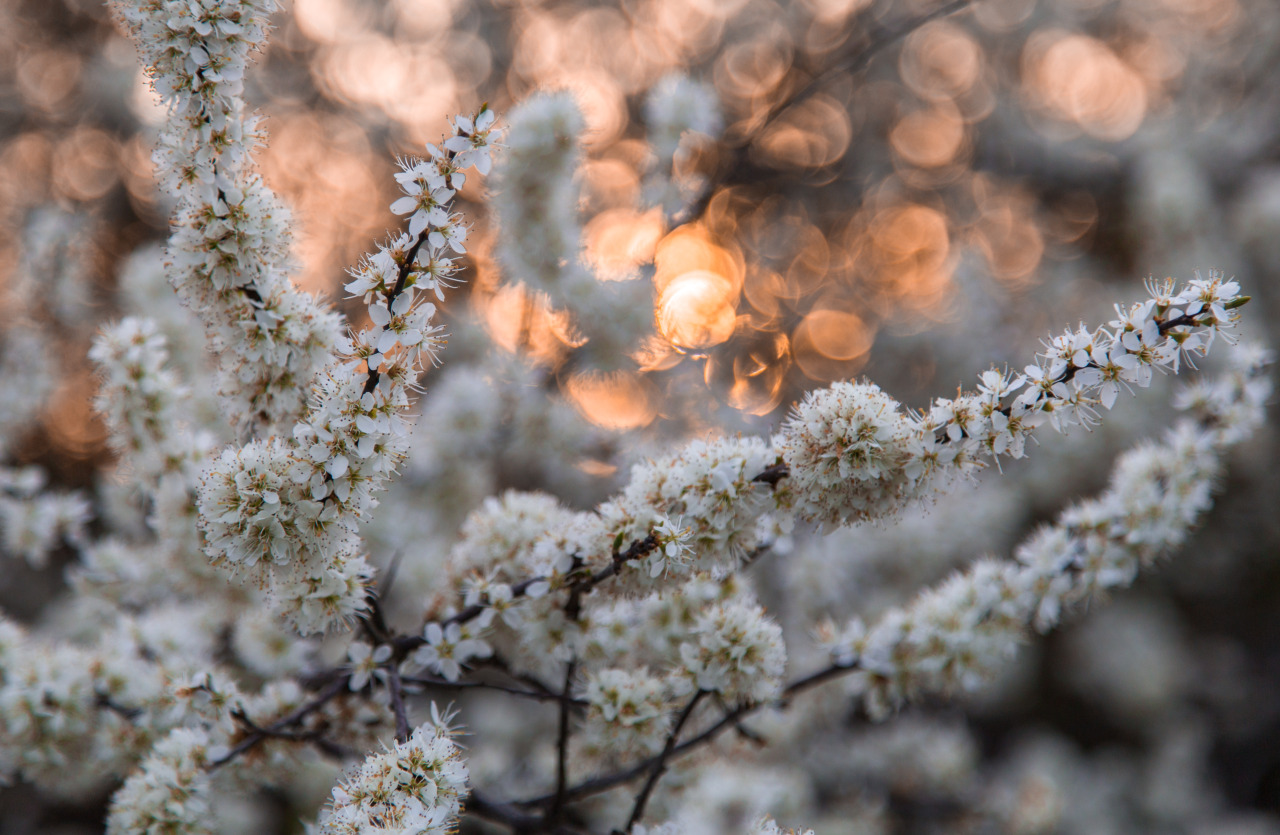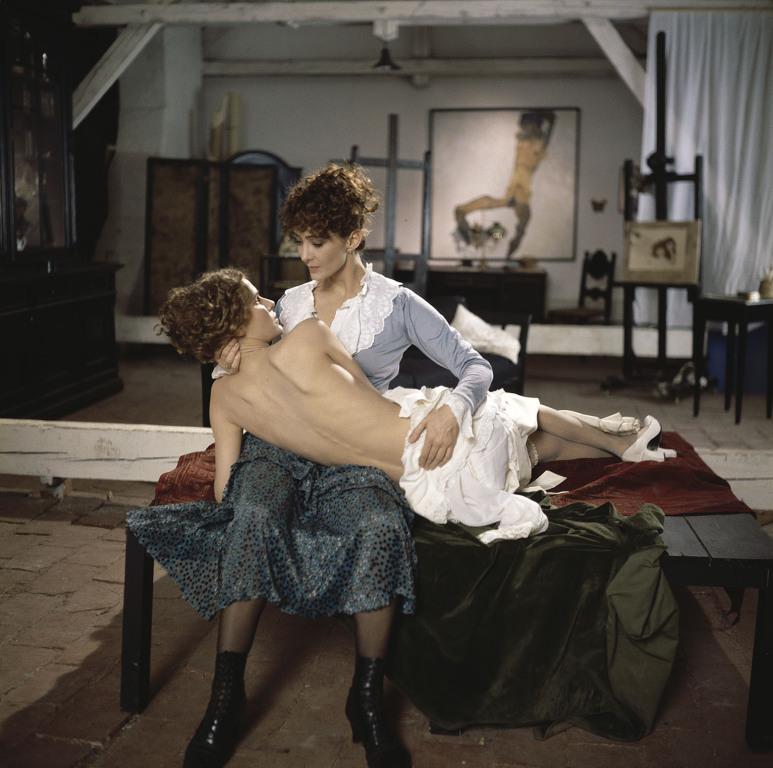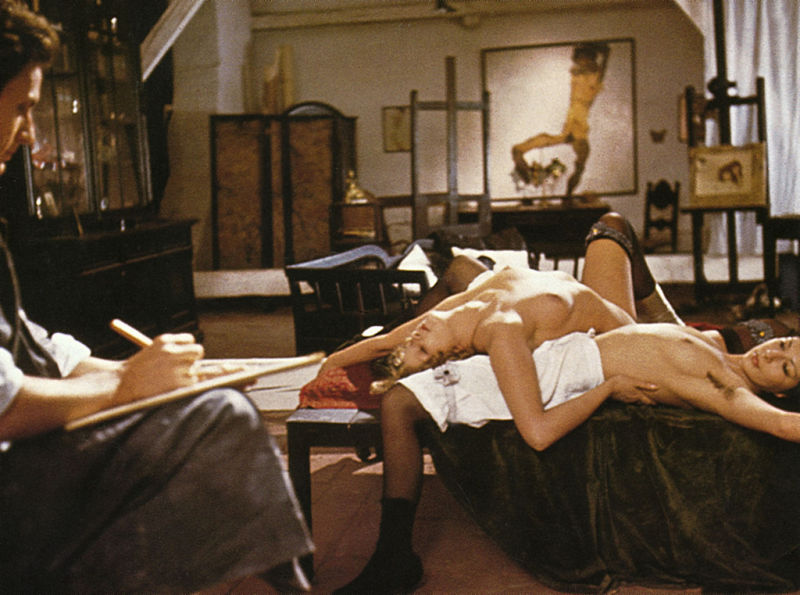“When one sees a tree autumnal in summer, it is an intense experience that involves one’s whole heart and being; and I should like to paint that melancholy.”
(Egon Schiele)
 Egon Schiele, Four Trees, 1918
Egon Schiele, Four Trees, 1918
Austrian painter Egon Schiele, at once demonised and celebrated as a genius, is mostly remembered for his provocative art infused with eroticism and his watercolours and gouache paintings of nude or semi-nude girls appear dangerous even today. Still, many of his paintings of nature and townscapes reveal to us that it wasn’t only the human figure that fascinated him so. Indeed, Schiele found trees and flowers to be equally as good mediums to capture the many emotional states. His persistent dedication to capturing the state of the soul led him to many different motives to paint. In this post we will take a look at three paintings of trees in autumn, all painted by Egon Schiele, but in different times of his life. The first one in this post which you can see above was painted in 1918, near the very end of Schiele’s rather short life – he died on the 31st October 1918 – and the other two were painted in 1911 when Schiele’s artistic career was practically just starting out and he was at the verge of breaking with the style of his teachers and idols and at the point of finding his own way of expression.
Schiele’s oil on canvas painting “Four Trees” painted in autumn of 1918 – the last autumn of his short life – shows a departure from his earlier style of portraying nature and trees. The scene shows four trees in the dusk of an autumn day. This painting is the month of November encapsulated, to me; the trees with red leaves and one almost with branches almost bare, a sense of decay, finality and a sense of inevitable ending, sky descending from warm yellow to deep red tones, and then there is the ominous red setting sun. This is how November feels to me. The setting sun in the sunset of Schiele’s own life. A bloody red sun signifying the death of the day, death of nature as autumn starts to slowly give way to winter’s coldness and desolation. Everything feels so final in November, as if it is happening for the last time because many months of cold, grey weather are before us. The leaves falling down, chestnuts hitting the pavements, evenings coming sooner, wet pavements glistening in the yellow light of the streetlights, dried cornfields seen through the morning fog; just some November imagery that comes to mind.

Egon Schiele, A Tree in Late Autumn, 1911
The two paintings of autumn trees painted in 1911 are very different from the one painted in 1918. A small oil on wood painting “Tree in Late Autumn” painted in 1911 when Schiele was only twenty-one years old is a great example of his ardour for portraying the different states of the soul through the motif he paints. The portrait of this tree is a portrait of isolation; human isolation expressed through the motif of a tree. Some have even called this series of Schiele’s painting “antrophomorphic” and that term may well be applied. The image of a lonesome tree in the middle of nowhere, all alone in the white canvas, painted in dense and heavy brushstrokes, really speaks to the viewer. The twisted, naked branches of the tree are like the arms of a skeleton protruding from the dark, barren soil.
Schiele’s main obsession were portraits and even when he paints trees, flowers or even houses and towns he is always painting portraits, not of people, but of things. Take a look at his sunflowers or his autumn trees here and you will see that without a doubt they are portraits. Schiele was fascinated by death and decay and sought it everywhere he went; in faces of his lovers, the urchins from the streets of Vienna, the roofs and facades of small town of Krumau, the heavy-headed sunflowers, and in the naked and twisted tree autumn trees. Gustav Klimt, Schiele’s early idol, also painted landscapes but they were always decorative and ornamental and their aim was not to capture moods and states of the soul, but rather Klimt painted flowers, trees and gardens as a way to relax on holidays and also to use up the left over paint he had.
These two paintings painted by Schiele in 1911 shows a distinct departure from Klimt’s influence. Schiele isn’t hesitant to leave the background almost bare and he is not eager to use colour and make the painting overflowing with detailings as if it were a Persian rug. Schiele is content with sleek simplicity here and that is the way he was convey the mood of these paintings better. The lack of colours and details allows us to focus solely on the tree and what it stands for, and if you look at it longer you will begin to feel the loneliness and coldness deep in your bones. These are not merry pictures.
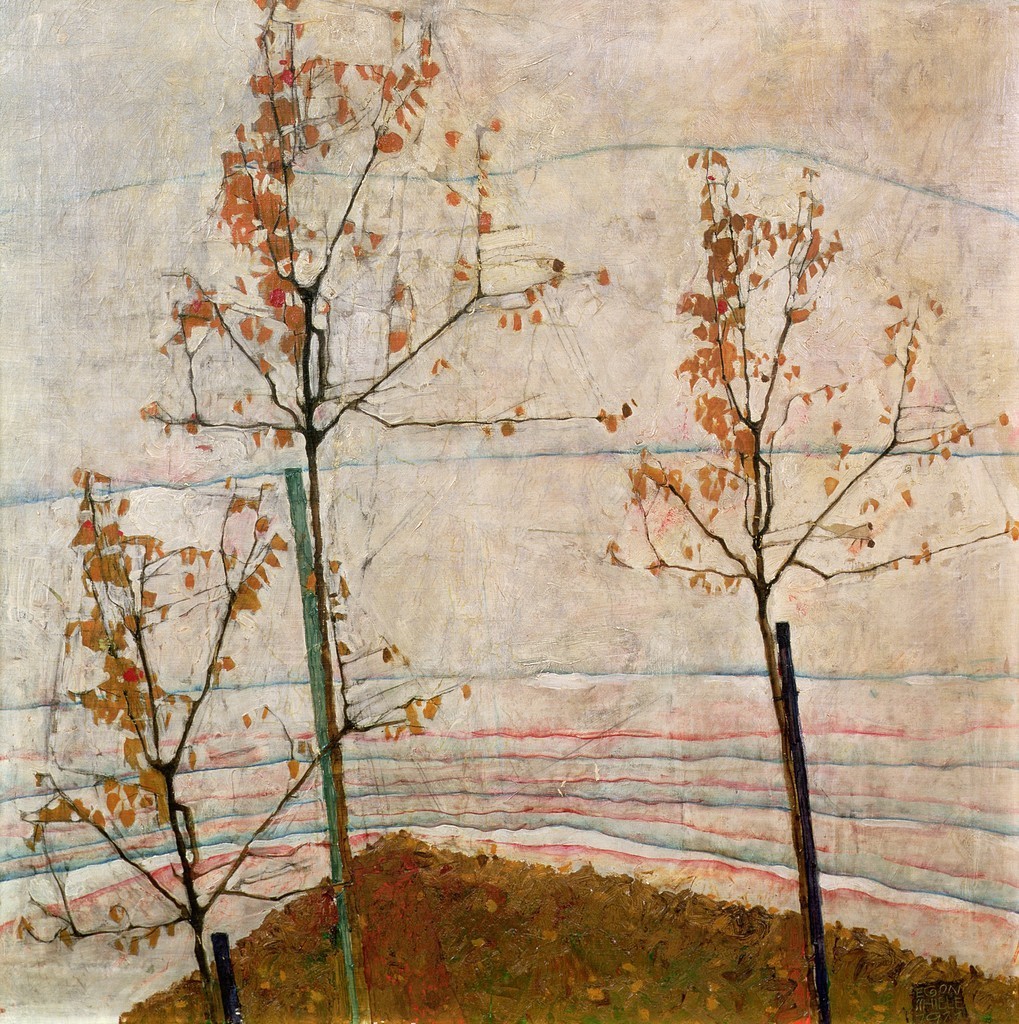
Egon Schiele, Autumn Trees, 1911
The painting above, “Autumn Trees”, also from 1911, shows three little trees with leaves still on their branches. Compared to the previous painting this one is a bit more colourful. The brown-green colour of the ground and the pink tinted sky in the background may suggest playfulness, but in the end we still know that these little brown leaves will fall anytime soon and that these thin black branches will be naked and unshielded from cold winter winds. Poor little trees, so weak and frail, and so alone.


